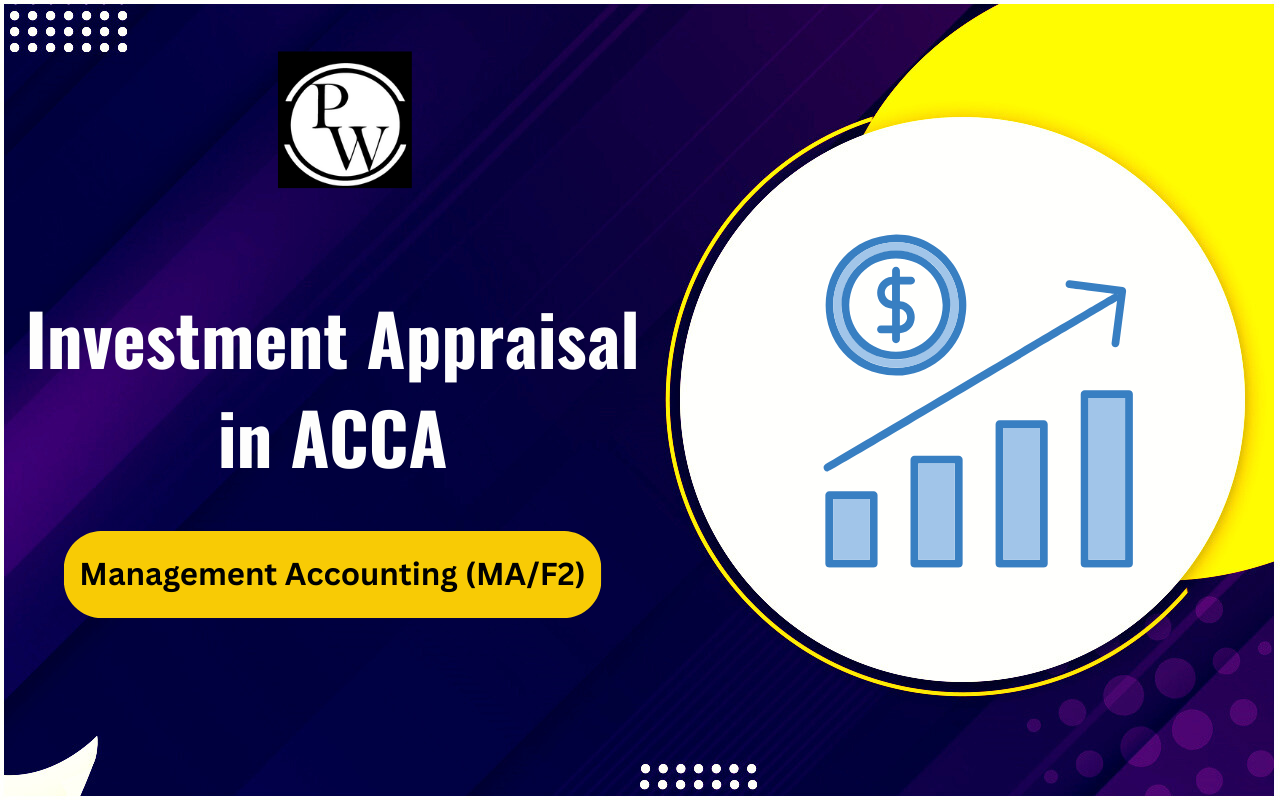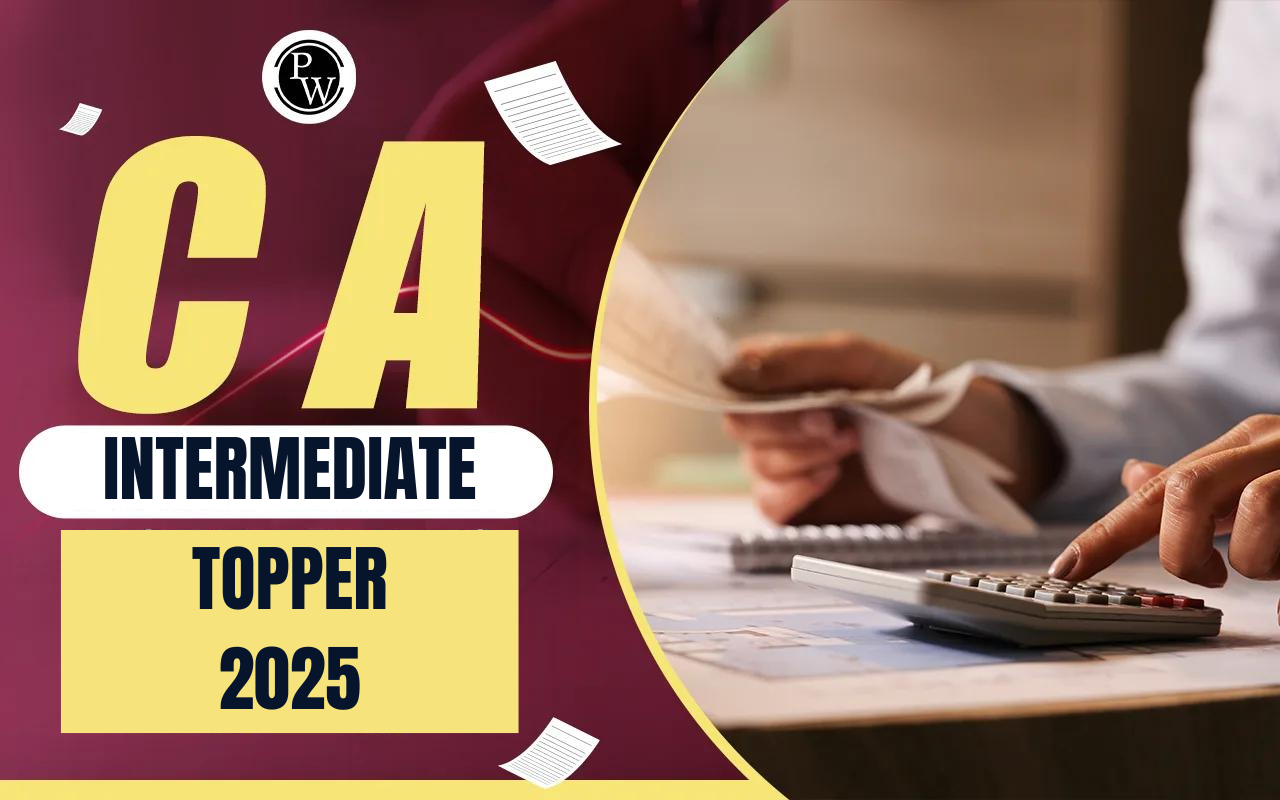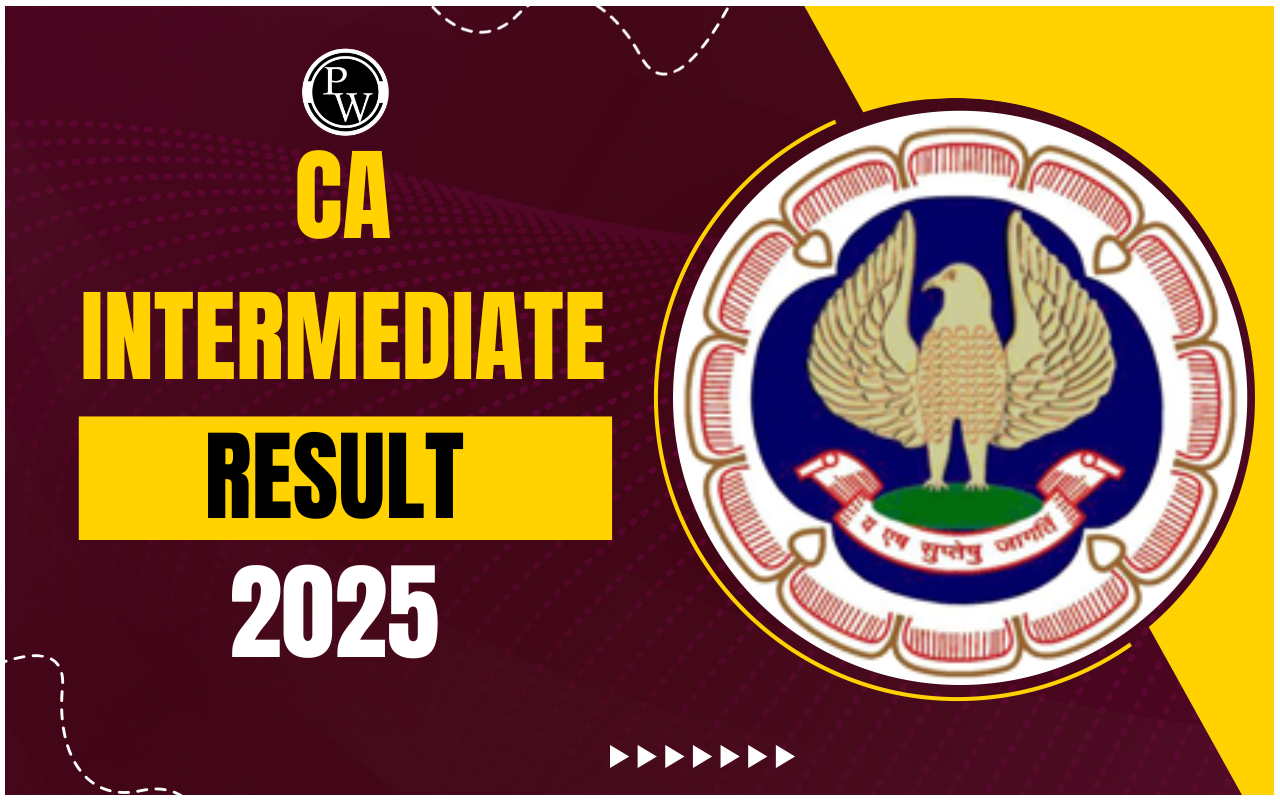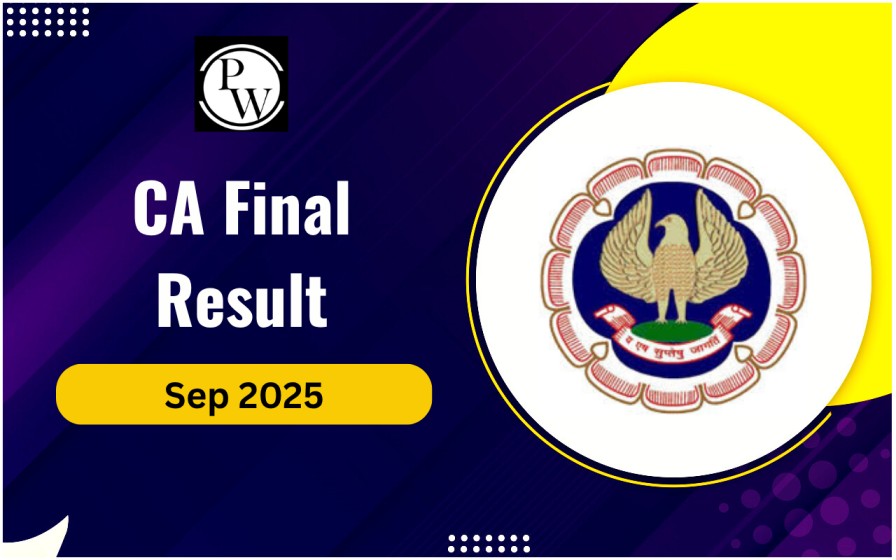
Did you know that, on average, businesses lose 1.8% of their yearly revenue due to unpaid debts? It’s alarming, right? That’s where Receivable Management comes in as your financial savior, helping reduce that loss and improve your profits.
By effectively managing receivables, businesses can avoid the risks of late or missed payments, strengthening their financial stability and cash flow. In this article, we’ll explore what Receivable Management is for CA Exams and how you can implement it in your business.What is Accounts Receivable?
Receivable Management FAQs
What is the primary goal of receivables management?
The main goal of receivables management is to ensure timely collection of payments from customers to maintain a healthy cash flow and working capital. This involves turning outstanding customer invoices into cash quickly and efficiently.
How can I reduce Days Sales Outstanding (DSO)?
To reduce DSO, implement clear credit policies, send accurate invoices promptly, follow up on overdue payments, and offer convenient payment options. Regular monitoring and proactive reminders can also help accelerate cash flow.
What are some effective strategies to minimize bad debt?
Minimize bad debt by conducting thorough credit checks before extending credit, setting appropriate credit limits, sending timely reminders for overdue payments, and implementing a clear collections process.
Why is it important to reconcile accounts regularly?
Regular reconciliation of accounts ensures that your accounts receivable records match your bank statements, helping to identify and resolve discrepancies promptly. This practice maintains financial accuracy and prevents errors.
Talk to a counsellorHave doubts? Our support team will be happy to assist you!

Check out these Related Articles
Free Learning Resources
PW Books
Notes (Class 10-12)
PW Study Materials
Notes (Class 6-9)
Ncert Solutions
Govt Exams
Class 6th to 12th Online Courses
Govt Job Exams Courses
UPSC Coaching
Defence Exam Coaching
Gate Exam Coaching
Other Exams
Know about Physics Wallah
Physics Wallah is an Indian edtech platform that provides accessible & comprehensive learning experiences to students from Class 6th to postgraduate level. We also provide extensive NCERT solutions, sample paper, NEET, JEE Mains, BITSAT previous year papers & more such resources to students. Physics Wallah also caters to over 3.5 million registered students and over 78 lakh+ Youtube subscribers with 4.8 rating on its app.
We Stand Out because
We provide students with intensive courses with India’s qualified & experienced faculties & mentors. PW strives to make the learning experience comprehensive and accessible for students of all sections of society. We believe in empowering every single student who couldn't dream of a good career in engineering and medical field earlier.
Our Key Focus Areas
Physics Wallah's main focus is to make the learning experience as economical as possible for all students. With our affordable courses like Lakshya, Udaan and Arjuna and many others, we have been able to provide a platform for lakhs of aspirants. From providing Chemistry, Maths, Physics formula to giving e-books of eminent authors like RD Sharma, RS Aggarwal and Lakhmir Singh, PW focuses on every single student's need for preparation.
What Makes Us Different
Physics Wallah strives to develop a comprehensive pedagogical structure for students, where they get a state-of-the-art learning experience with study material and resources. Apart from catering students preparing for JEE Mains and NEET, PW also provides study material for each state board like Uttar Pradesh, Bihar, and others
Copyright © 2025 Physicswallah Limited All rights reserved.
Get App









